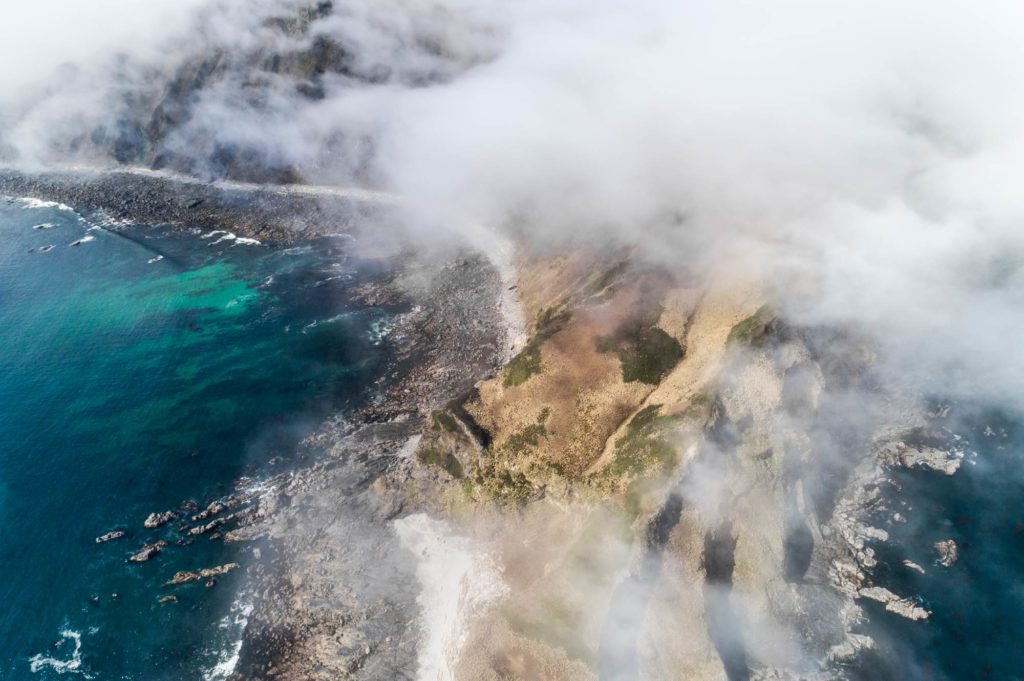When did you start photographing wildlife in the Pacific Northwest?
I went to school for biology and fell in love with working in nature. I decided to enroll in Environmental Visual Communications, a joint program run by the Ontario Royal Museum and Fleming College. Through this program, I landed an internship at SeaLegacy and moved to Vancouver Island in 2017. Here, I was lucky enough to be mentored by Paul Nicklen and Cristina Mittermeier, two legends in the conservation world. Since then, I’ve gone freelance and have recently joined the International League of Conservation Photographers as an Associate Fellow.
Why do you think this region is unique?
The diversity! I’m from Ontario, and as much as I love home, it’s an entirely different world out there. I could end this call, walk to the ocean and see a humpback whale. B.C. covers such a plethora of life that you can only dream of as a wildlife photographer. In particular, the combination of diverse marine and terrestrial ecosystems provides the fantastic opportunity to photograph orcas, dolphins, porpoises, bears, and wolves in the same region.
You’ve done some work photographing Pacific white-sided dolphins. Can you tell me about that project?
For me, working on whale and dolphin projects has been both thrilling and rewarding. I’ve done a great deal of work with Oceans Initiative, a team of scientists on a mission to protect and research marine life in the Pacific Northwest. As part of this work, I assisted with their studies of Pacific white-sided dolphins, conducting photo identification and documenting their interactions with orca and how noise pollution impacts animals below the surface. Dolphins are always a treat to photograph! They’re very social and will come right next to the boat’s bow to ride the wake. It’s impressive to witness how graceful and incredibly acrobatic they are, jumping high above the water.
Can you tell me about your experience photographing coastal wolves?
I have been fortunate enough to find elusive coastal wolves on more than one occasion. The photos featured here were from one of these encounters. I spent three hours with this pack, witnessing not only the power and elegance they exude but also how intelligent, social, and strategic these apex predators are. It appalls me that the B.C. government is killing off populations of wolves in the interior.
Can you tell me about the wolf with the multi-coloured eyes?
Heterochromia, the occurrence of two different coloured irises isn’t a trait that’s been known to wolves. I believe that this is actually the first known recording. It wasn’t until I downloaded my photos on my laptop that I noticed the unique eye colouration of one of these sea wolf pups. It’s easy for me to get lost in its eyes every time I review the photographs from this encounter.
How important are herring for marine food webs?
I’ve been lucky enough to witness the annual herring spawn in the Strait of Georgia and have seen first-hand the influx of marine life that coincides with this event. One of my favourite things about the spawn has been documenting sea lion activity off of Hornby Island. There’s so much energy in the air as these animals congregate alongside whales and dolphins and wait for the herring to spawn. It truly is an incredible experience and one of Nature’s most extraordinary events. The aerial footage and stills that come out of it are surreal. Herring changes the environment, and it’s a dreamy landscape teeming with life for a short time.
Tell me about working in the terrestrial and marine environments of the B.C. coast?
This region is so unique and special because of the convergence of these two worlds. Some of my favourite images from the B.C. coast are split shots displaying above and below the water. Capturing both worlds in one frame really illustrates how much both worlds depend on each other. In terms of marine, there’s so much to see in B.C. in shallower zones. A great example of this merge of terrestrial and marine is sea lions. They are so skittish and clumsy on land, but their grace and agility are unmatched underwater.
How do you feel about the impacts of overfishing and aquaculture on the marine environment here?
This has been an enormous learning opportunity for me, having come from Ontario. I had no idea about the colossal impact open-net farmed salmon farms have on wild fish. Learning about the various industry operations causing increased challenges for iconic species like salmon has been eye-opening and motivating for me as a conservationist and visual storyteller. It’s changed my perception, and I would encourage anyone reading this to refrain from consuming farmed salmon.
Can you tell me more about your work with bears?
Bear conservation is something I’m very passionate about and have been a part of for the past two years. Specifically, I’ve learned a great deal about the importance old-growth forests hold for black bears in this province. On Vancouver Island, we have lots of black bears, but where they can hibernate is limited due to the extremely wet climate in the winter months. Old-growth provides a vital hibernation location. It’s just another reason why these ancient trees need stricter protection. In terms of protections for bears, populations are pretty much a best guess here on Vancouver Island. There are not accurate population counts, and the amount of bear tags for hunting since the pandemic began has heavily increased. There’s a lot more that needs to be done for these iconic animals.
What projects are you looking forward to working on in 2022?
I have a lot on my plate in 2022. I’ve traveled a lot in this line of work, and I’m never home as much as I’d like to be! I’m excited to continue to work on some projects I’ve started pursuing in my own backyard, here on the coast of British Columbia.
Any final thoughts about you that you’d like to share with our audience?
I have a 1988 Westfalia, and I love it! One of my favourite pastimes is driving it out to Strathcona Provincial Park on Vancouver Island and diving into some photo editing. There’s no better workspace than that!
Follow Ryan’s work on Instagram @ryantidman
Visit Ryan’s website at www.ryantidman.com









